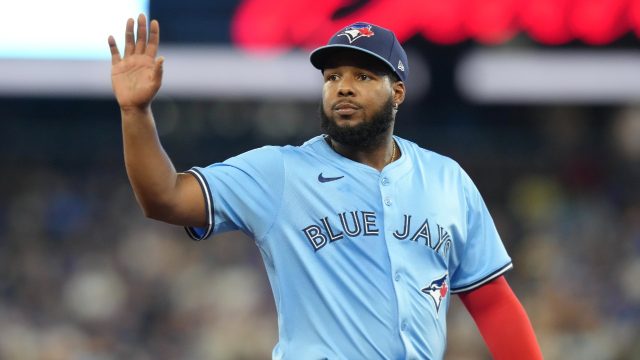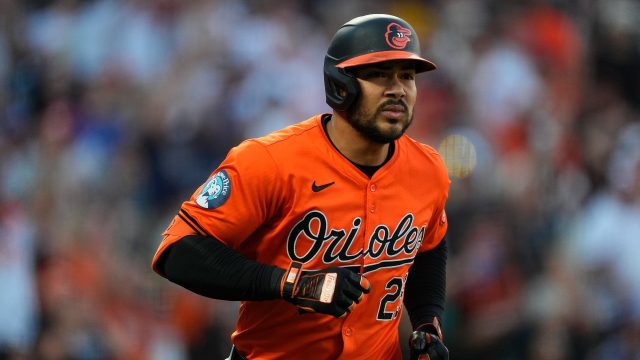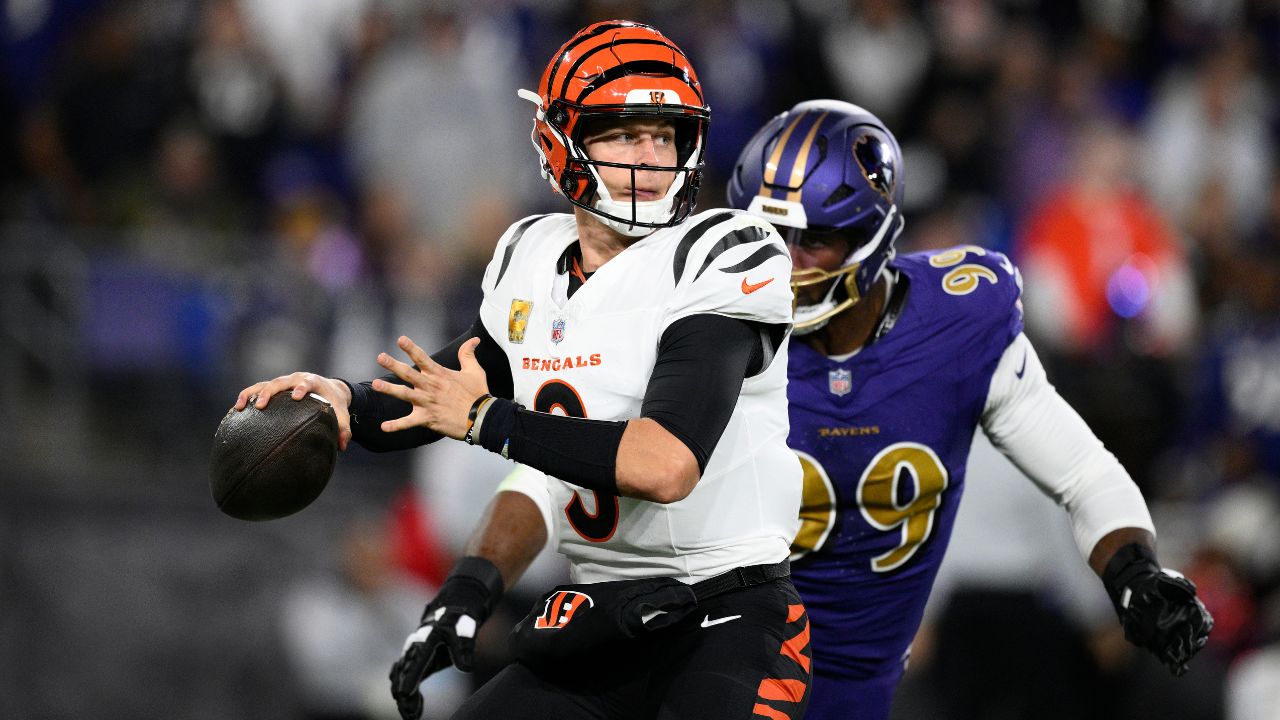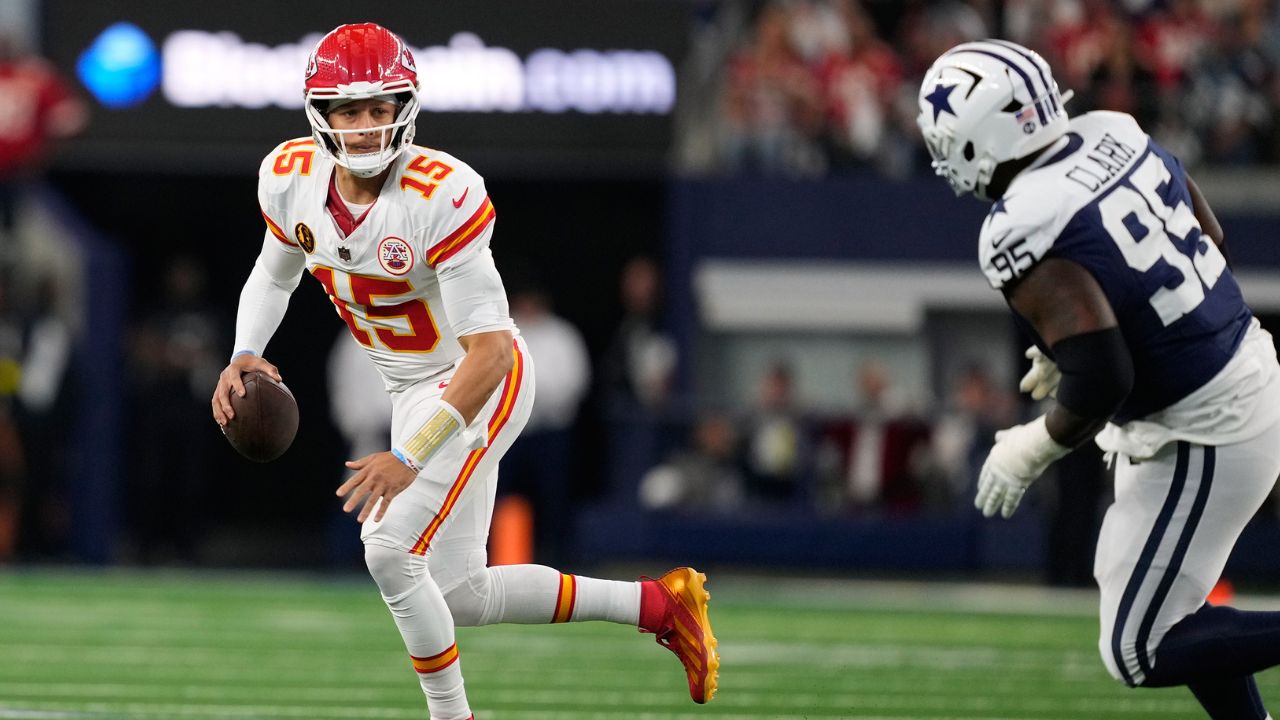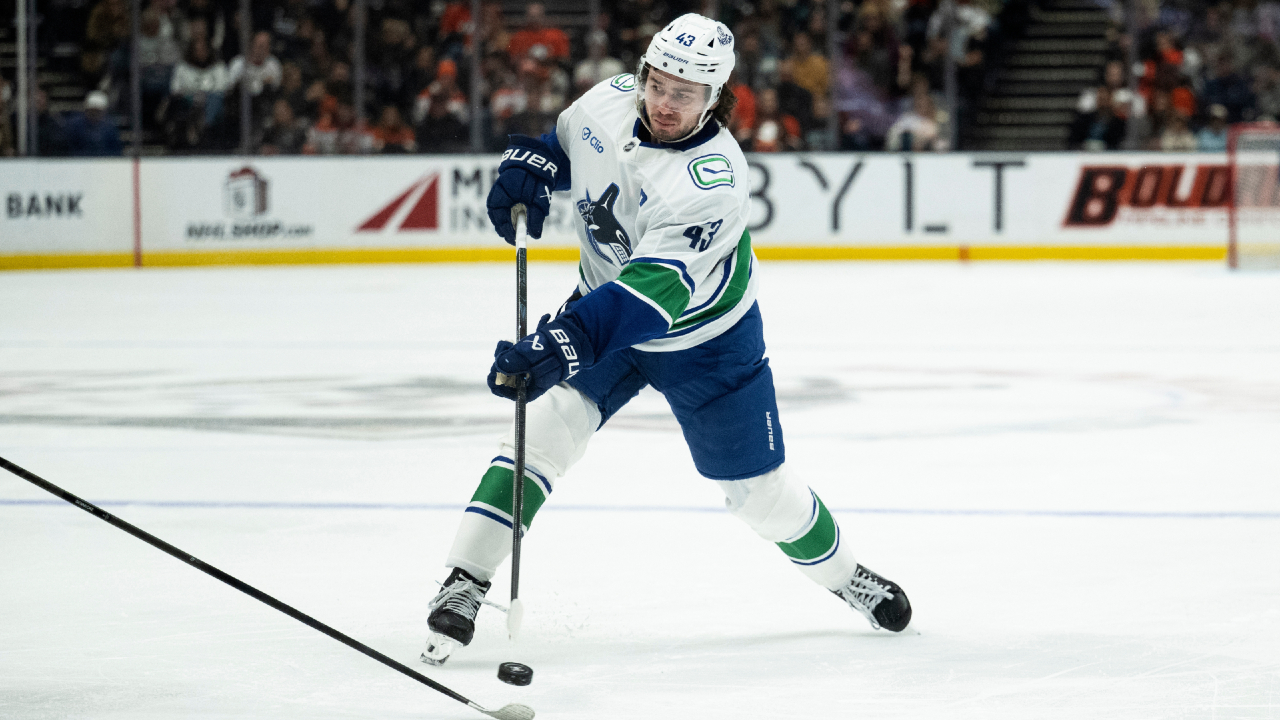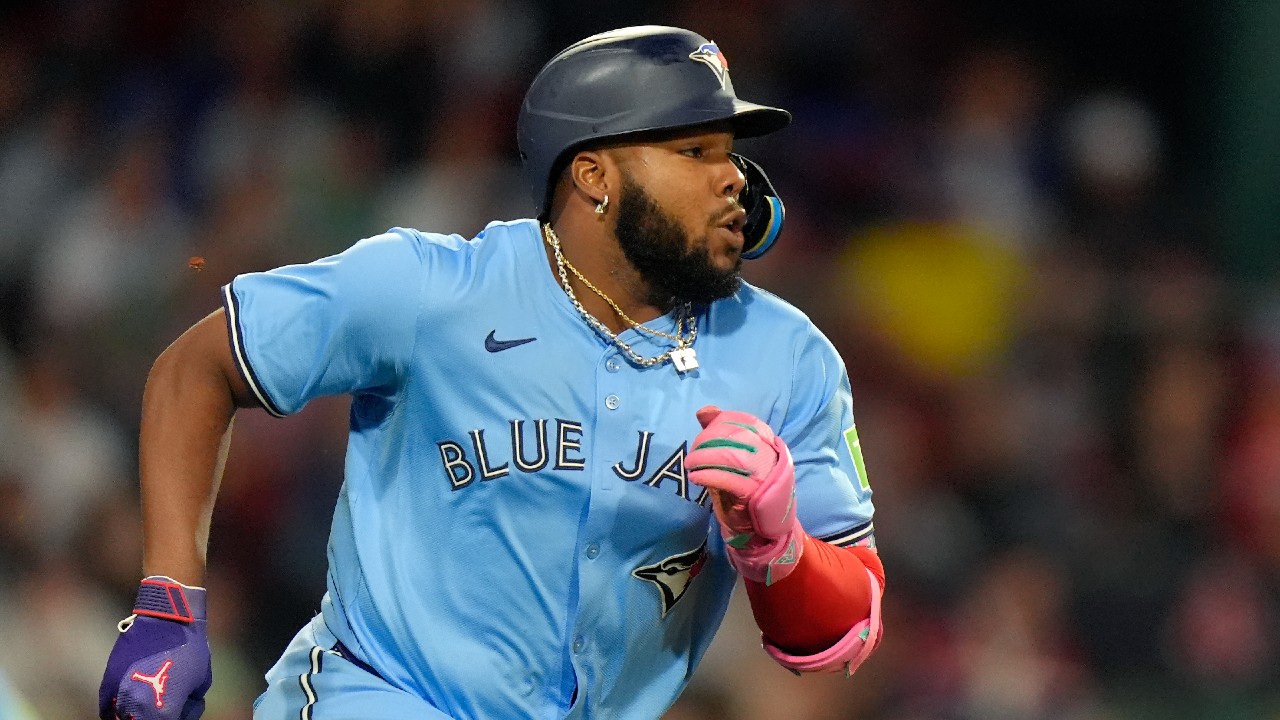
DUNEDIN, Fla. – The annual sights of renewal inherent to spring training were all around the Toronto Blue Jays‘ Player Development Complex as camp opened with the first workout for pitchers and catchers.
Max Scherzer strolled into the clubhouse shortly before 8 a.m. Thursday carrying a Texas Rangers duffel bag, quickly changed into more current gear and then threw an extended side session, teammates and coaches huddled around, working counts while Myles Straw stood in. Jeff Hoffman chilled by his locker, shaking hands with his new crew before joining the non-mound day pitchers for fielding practice. The handful of hitters in camp took batting practice over at Field 1, Bo Bichette shorn of his trademark long hair among them.
Fresh-start optimism abounded.
“On paper,” manager John Schneider said, “we’re better.”
“We have a ton of talent in here,” said Kevin Gausman, “I feel pretty good with where we’re at.”
“Seeing people having good energy and hungry to get better,” said Jose Berrios, “that motivates me to get better as a person, as a player.”
At the same time as the baseball machine whirred into action, the business-side drama of Vladimir Guerrero Jr.’s long-term future inched closer to its high-stakes end-game.
General manager Ross Atkins essentially said the final push was on ahead of the deadline set by Guerrero, who will cut off extension talks until after the season if a deal isn’t reached before Tuesday’s first full-squad workout, to keep his status from becoming a distraction.
The Blue Jays, Atkins said, “understand and respect” Guerrero’s reasoning for the cutoff, but added, “we will never close the door.”
“We’ve worked extremely hard on keeping Vlad here for a long time — that desire is strong,” Atkins added later. “And we will continue to do that.”
Time is, of course, running out and the main stumbling block, as it has been throughout the previous discussions between the sides, remains framing Guerrero’s value. To some degree, that process should be somewhat clearer, since the sides no longer have to project his arbitration-year earnings and are solely discussing free-agent years.
But, among the many dynamics at play, one key element for both sides is fully understanding the impact of Juan Soto’s record-setting $765-million, 15-year contract with the New York Mets.
On the surface, there’s the expectation of some inflationary effect from such a monstrous deal, and that’s certainly possible. But perhaps more instructive is looking at the behaviour of clubs when it comes to elite young talent available on the market.
Soto, selling his age 26 season and beyond, had five large-market suitors involved in multiple rounds of bidding to help get him past three-quarters of a billion dollars. The previous off-season, Yoshinobu Yamamoto, selling his age 25 season and beyond, signed for $325 million over 12 years despite never having thrown a pitch in the majors. Even with Shohei Ohtani, a unicorn two-way player who was selling his age 29 season and beyond, his agency presented finalists with the $700-million, 97-per-cent-deferred, 10-year structure and they all said, no sweat, we’re in.
All of that shows that elite young talents generate aggressive bidding wars on the open market because the opportunities to buy peak seasons are so rare. So, beyond simply trying to figure out what Soto’s deal means for the market, the real question is what does the market behaviour that led to Soto mean for Guerrero, who is selling his age 27 season onwards.
“Everything is information and everything needs to be factored in, but it needs to be factored in historically and not reactively,” Atkins said of the Soto contract’s impact. “So, being disciplined to our valuations, being disciplined to how we think about building the best possible roster. There are so many variables. And of course, new information impacts everything we’re doing.”
Guerrero, for the time being at least, is the centrepiece of the club’s planning, but if he’s allowed to hit the open market, the Blue Jays’ entire competitive window is in jeopardy.
Even if he’s signed, plenty more work is needed to keep the window open, as fellow cornerstone Bo Bichette is also eligible for free agency in the fall, along with Chris Bassitt, Scherzer and Chad Green, followed by Gausman, George Springer, Daulton Varsho and Alejandro Kirk after 2026.
If Guerrero is bound for free agency, the entire roster could unravel.
“Can’t try to think about it too much, to be honest,” Gausman said of the potential uncertainty without a Guerrero extension. “We’re trying to win this year. If we can do what we’re all trying to do, all that will figure itself out. But listen, we’re at a point where if we don’t do what we’re capable of doing, he’s probably not going to be the only guy that’s not going to be here. It’s just the reality of the business. So can’t really think about it too much because he’s a Blue Jay right now.”
Guerrero is a homegrown four-time all-star who won’t be 26 until March 16, an MVP finalist in 2021 who after two down seasons — by his standards — produced a 5.5 fWAR in 2024 in a lineup where he was an island, with his best years still to come.
On top of that, he wants to stay, making him almost the exact prototype of the player the Blue Jays will try to recreate if he ends up leaving.
“The things we’re looking for — he has them,” Atkins said of the attributes typical of mega-contract players. “It’s the teammate, how he complements us moving forward, the process, how he gets to that performance. The performance just doesn’t happen. We know the why and we see it. We are under the hood and we’re very pleased.”
Pleased enough to ante up the going rate? There are four more days of work for pitchers and catchers for the Blue Jays to decide.


